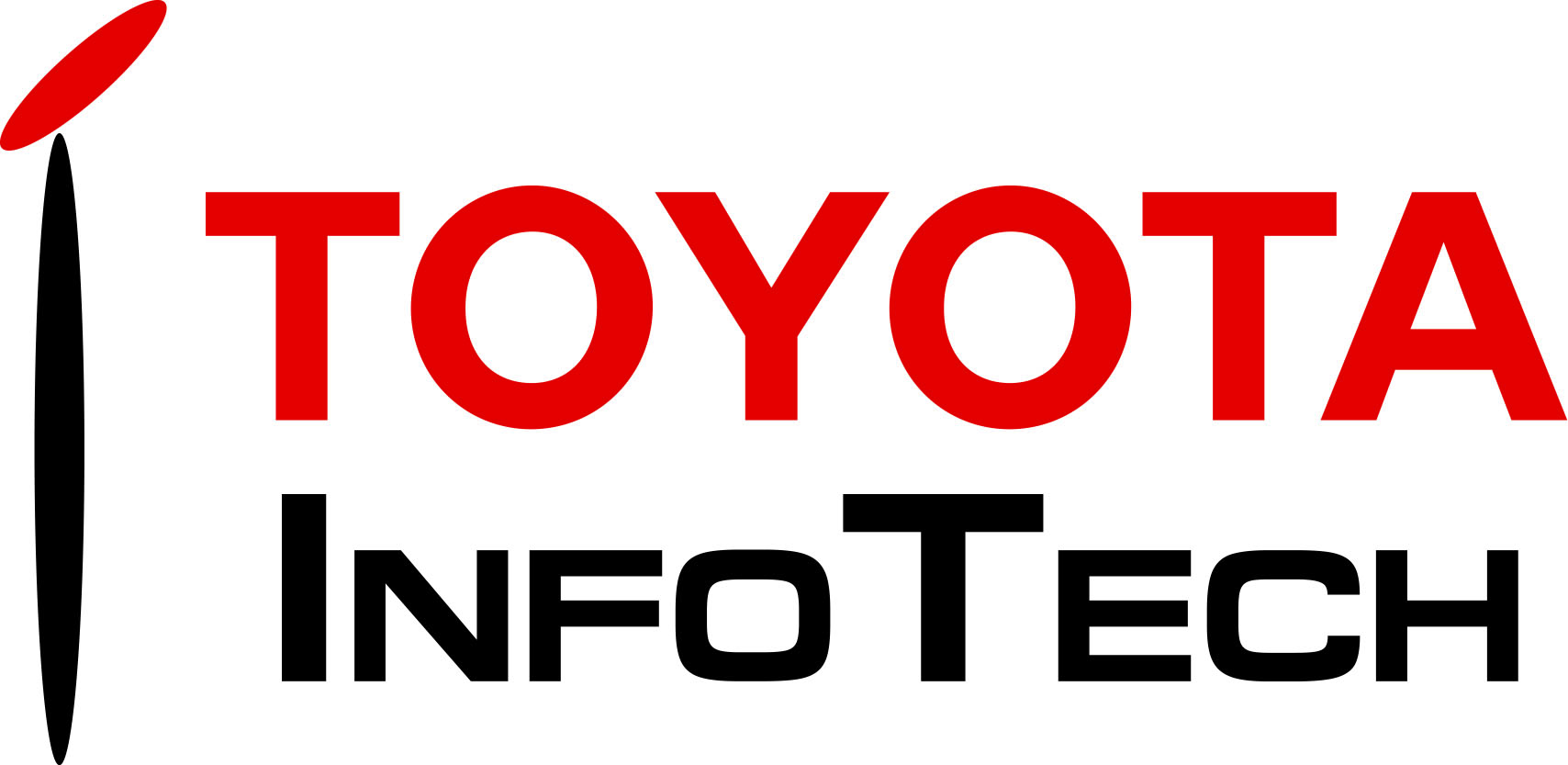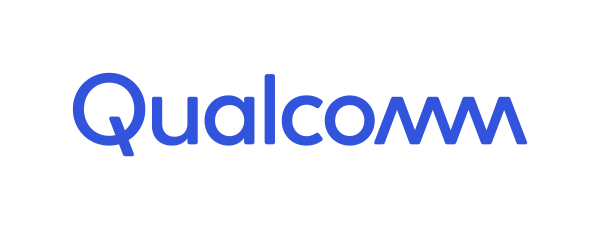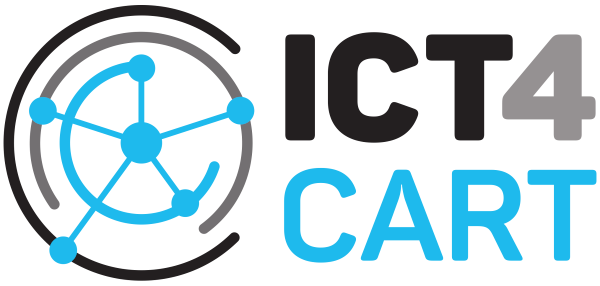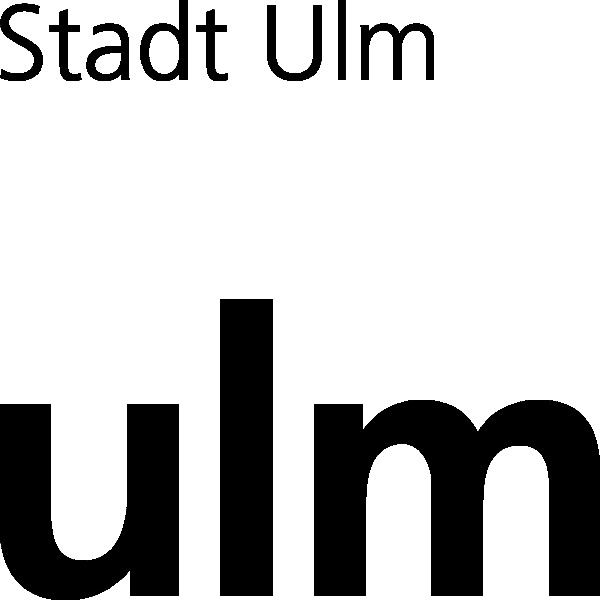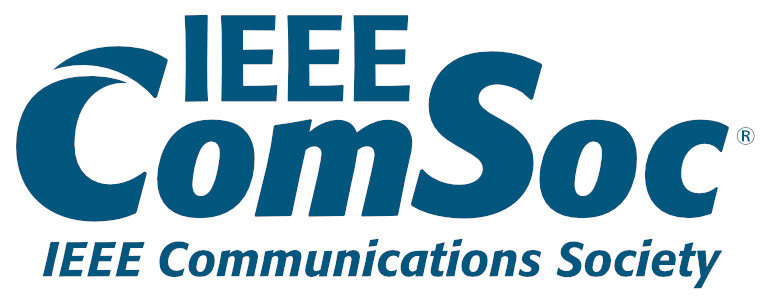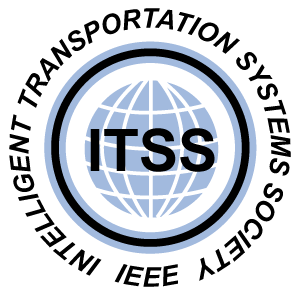2021 IEEE Vehicular Networking Conference (VNC)
November 10–12, 2021 | Virtual Event
Call for Papers
Now in its 13th year, VNC has been the primary venue for people interested in vehicular communication to meet.
When VNC 2020 had to move online, we had high hopes to run VNC 2021 at least in a hybrid format so that at least parts of the community could meet in Ulm, Germany, and enjoy the conference on-site. Unfortunately, the course of global pandemic development requires us to move to a pure online format once more. Reasons for this step are that Germany is in the middle of a fourth wave with unclear predictions for autumn but mostly that we collected feedback from our community and learned that a majority of prospective participants and authors would be blocked from on-site attendance either due to international trans-continental travel restrictions or due to organizational travel policies.
We therefore decided that IEEE VNC 2021 will be exclusively online and we are committed to optimize the conference for the best online experience possible. Building on our experience from last year (which received a lot of positive comments), we will try to enhance this even more and hope to see many of you participating in our virtual conference.
VNC 2021 is seeking for full and short papers, poster and demo papers about the following topics:
Connectivity
- 5G and beyond-5G technologies for connected vehicles
- Emerging V2X communication technologies, including dynamic spectrum sharing, mmWave, massive MIMO, beamforming, and vehicular visible light communications
- Networking, transport and QoS management for vehicular networks
- In-vehicle communication and networking systems
- Radio for vehicular networks (e.g., channel measurements, propagation models, antenna design)
Architecture and System Design
- Heterogeneous vehicular networking (e.g., multi-radio, multi-channel, multi-application, multi-technology, multi-operator) and coexistence of access technologies
- Architectures and system designs for connected automated driving
- Cloud and edge computing for vehicular applications
- Security, privacy, liability, and dependability of vehicular networks
- Integration of V2C communications with on-board systems and networks
Tools & Methods
- Hardware and software platforms for simulation, emulation, prototyping, measurement, and/or real-world deployment of vehicular networks and applications
- Field measurements and/or real-world deployments of vehicular networks and applications
- Optimization techniques (e.g., linear programming, machine learning) with unique benefits for vehicular applications
- Modeling, design, and analysis of vehicular networks and applications
Applications
- Cooperative perception and cooperative driving
- Innovative vehicular network applications and their communication requirements
- Vulnerable road user protection
- Vehicular networks and IoT integration
- Impact assessments of vehicular networks on transportation (e.g., safety, efficiency, comfort, privacy, and environmental sustainability)
All submitted papers will be peer-reviewed. The Best Paper Award, selected by a committee, will be given to the paper with the highest impact. Conference content will be submitted for inclusion into IEEE Xplore as well as other Abstracting and Indexing (A&I) databases.
Deadlines
10 Jul, 202126 Jul 2021 (extended & final): Paper submissions due- 1 Sep, 2021: Poster and Demo submissions due
- 16 Sep, 2021: Acceptance notifications
30 Sep, 202108 Oct, 202115 Oct, 202123 Oct, 202129 Oct, 2021: Camera-ready versions due- 30 Oct 2021: Videos upload due
- 10 Nov, 2021: Conference starts (virtually)
Manuscript submissions
The submitted papers must be written in English and be formatted in the standard IEEE two-column format and with a font size no less than 10-point. The mandatory IEEE template in Microsoft Word and LaTeX format can be found at the IEEE templates page. The submission process is not double-blind and authors may include their names, affiliations, and other identifying information in the submitted manuscripts. Only Adobe PDF files will be accepted for the review process. All submissions must be made electronically through EDAS.
Submission Types
The conference will consider four categories of submissions:
- Full papers should describe novel research contributions and are limited in length to eight (8) printed pages including figures, tables, and references. Papers exceeding 8 pages will be declined automatically and will not be reviewed.
Short papers should be more visionary in nature and may report on work-in-progress without fully finished results. They are meant to present novel perspectives, so as to foster discussions about innovative directions and new points of view. They are limited to at most four (4) pages including figures, tables, and references, but might in many cases be even shorter. Accepted short papers will be included in the proceedings and will be given (a shorter) time for oral presentation at the conference.
Posters are especially suited for presenting controversial research directions that may generate discussion, or promising ideas not yet fully validated through complete extensive evaluation. They are limited to at most two (2) pages and their title must begin with “Poster:”.
Demonstration (demo) papers are suited for researchers to showcase their latest prototypes with media, models, or live demonstrations. They are limited to at most two (2) pages and their title must begin with “Demo:”.
Please note that these categories (in particular: full paper and short paper) target different kinds of contributions. Papers submitted to one category will NOT be moved to a different category: a paper will either be accepted in the category where it has been submitted, or it will be rejected (in particular: full papers will not be “downgraded” to short papers). Therefore, please be sure to carefully assess for yourself prior to submission which is the most suitable submission category for your paper, and to make sure that the presentation in the manuscript is well suited to the aims of this category.
Submission Process
Submitted papers must be IEEE compliant Adobe PDF files written in English, formatted in standard IEEE two-column format with a font size no less than 10-point. Reviewing is not double-blind, so authors may include their names, affiliations, and other identifying information in submitted manuscripts. Only compliant files will be accepted for review. All submissions must be made electronically through EDAS.
Important Dates
- Full/short paper submission deadline:
-
July 10, 2021, 23:59 AOE
July 26, 2021, 23:59 AOE (extended & final)
(Anywhere on Earth, UTC-12)
- Demo/Poster paper Submission Deadline:
-
September 1, 2021, 23:59 AOE
(Anywhere on Earth, UTC-12)
- Acceptance notification:
- September 16, 2021
- Camera ready paper due:
-
September 30, 2021
October 08, 2021
October 15, 2021
October 23, 2021
October 29, 2021 - Video submission deadline:
- October 31, 2021
- Conference:
- November 10-12, 2021

